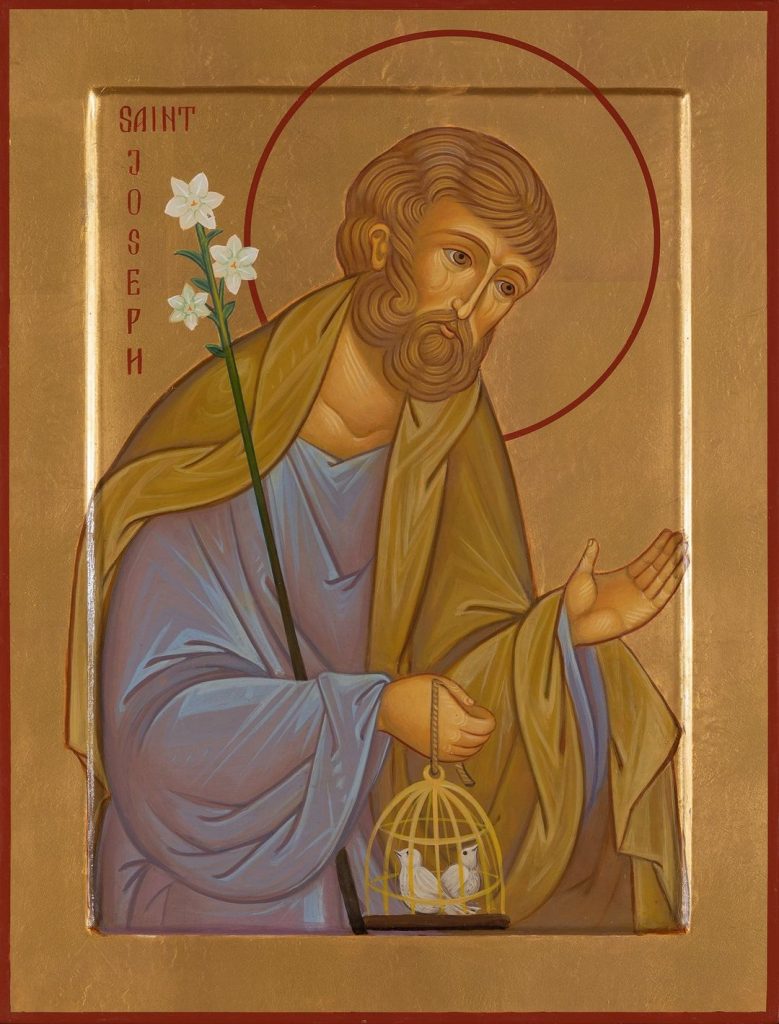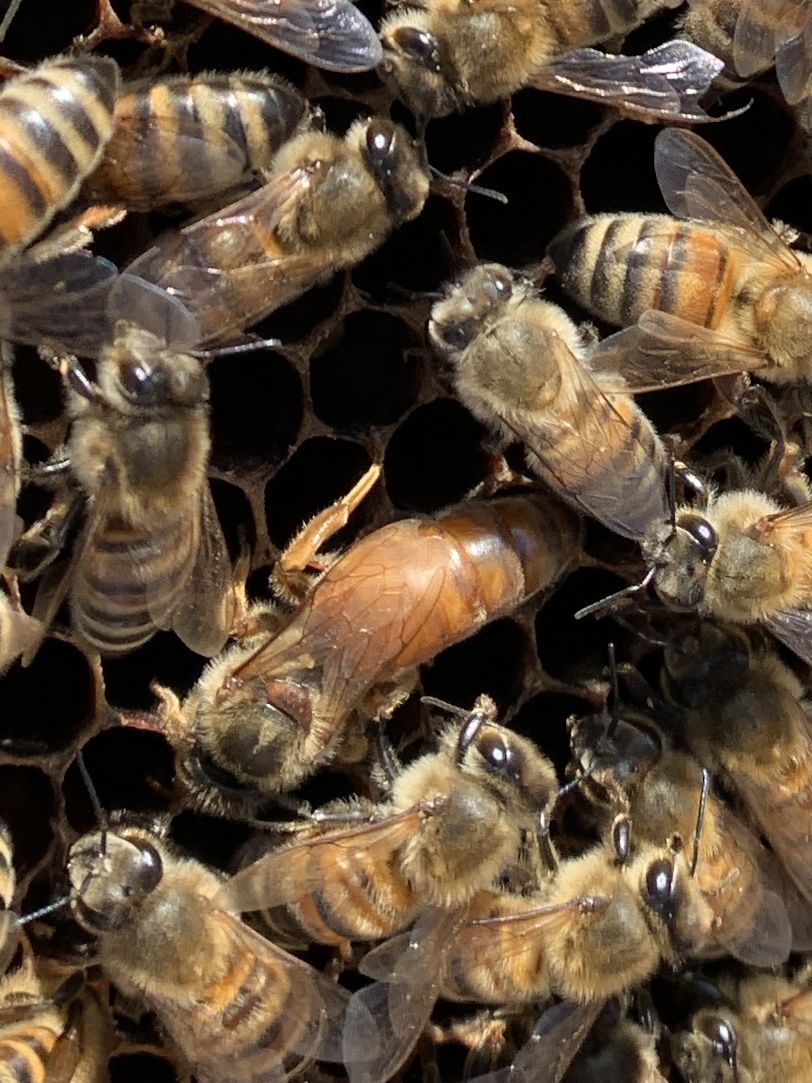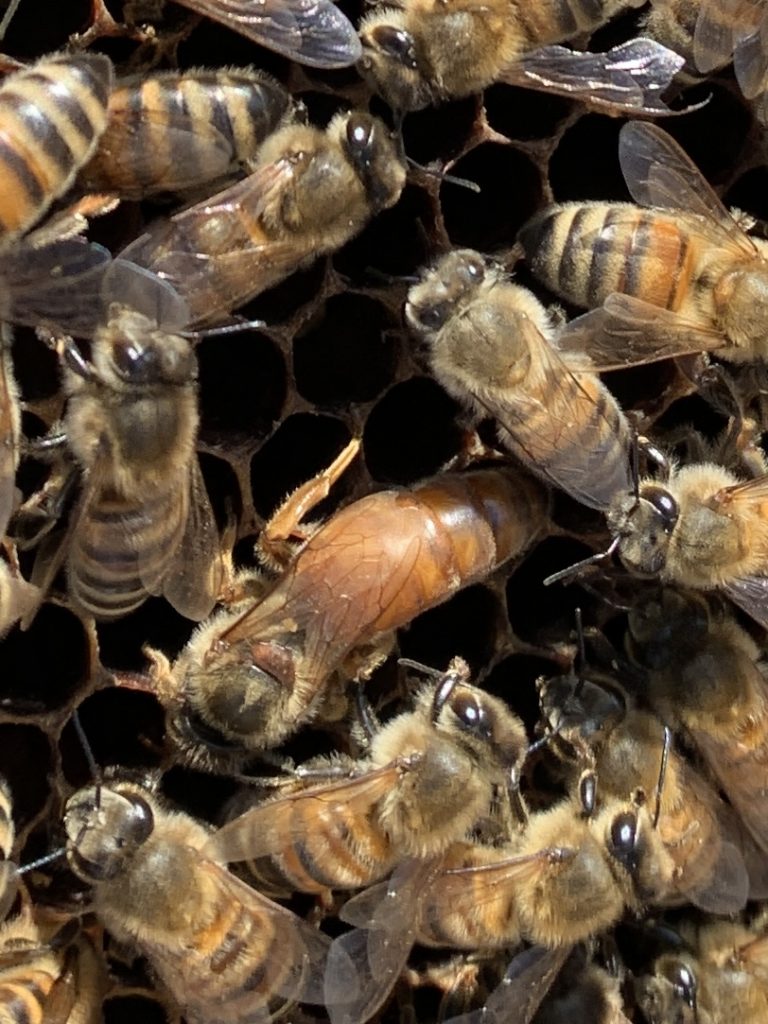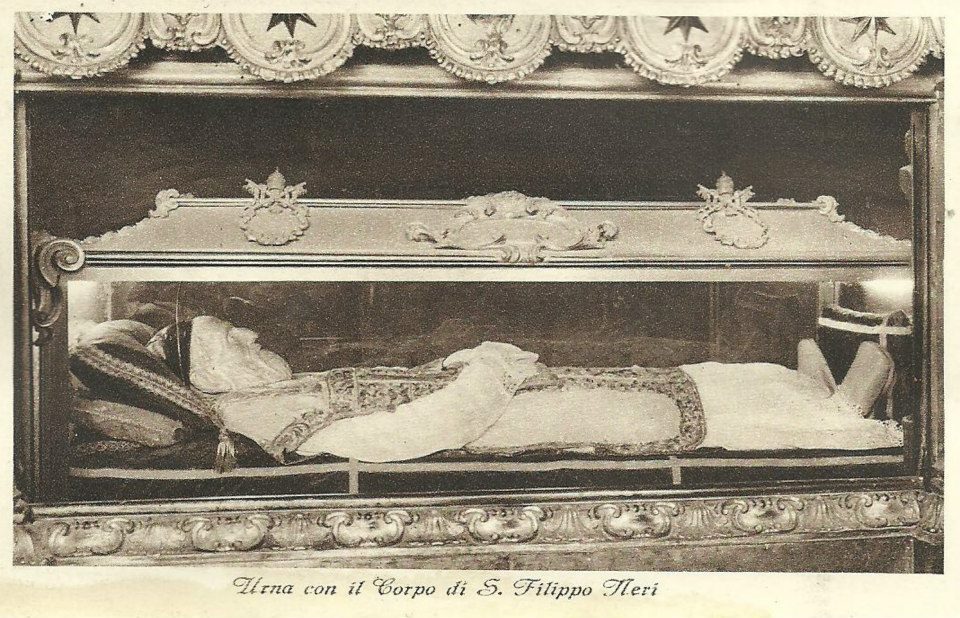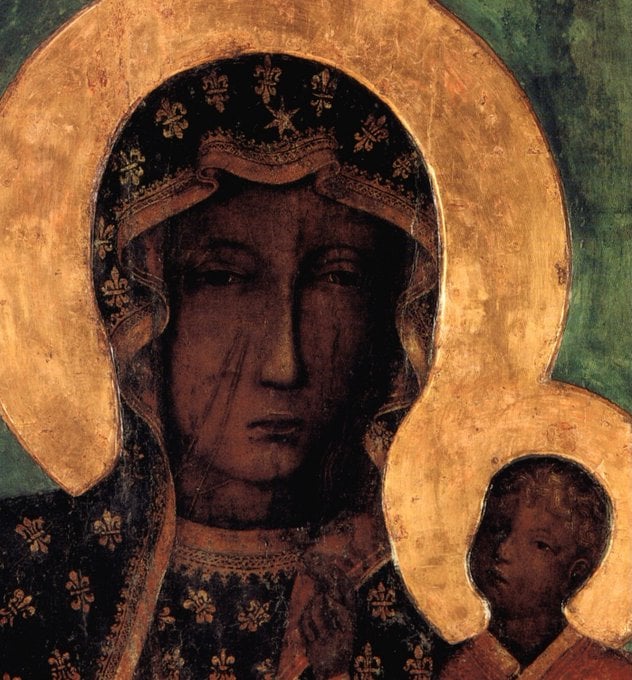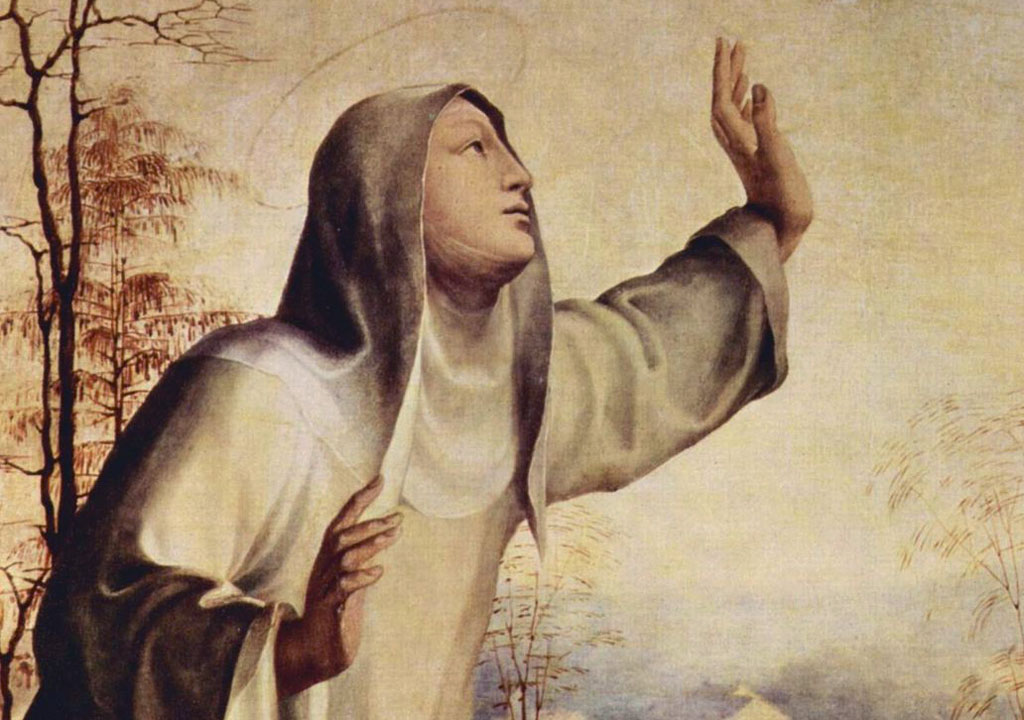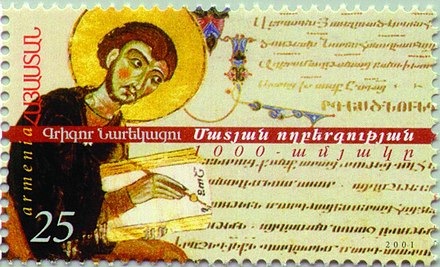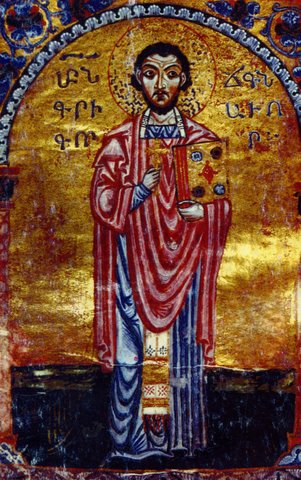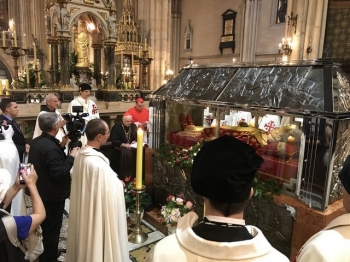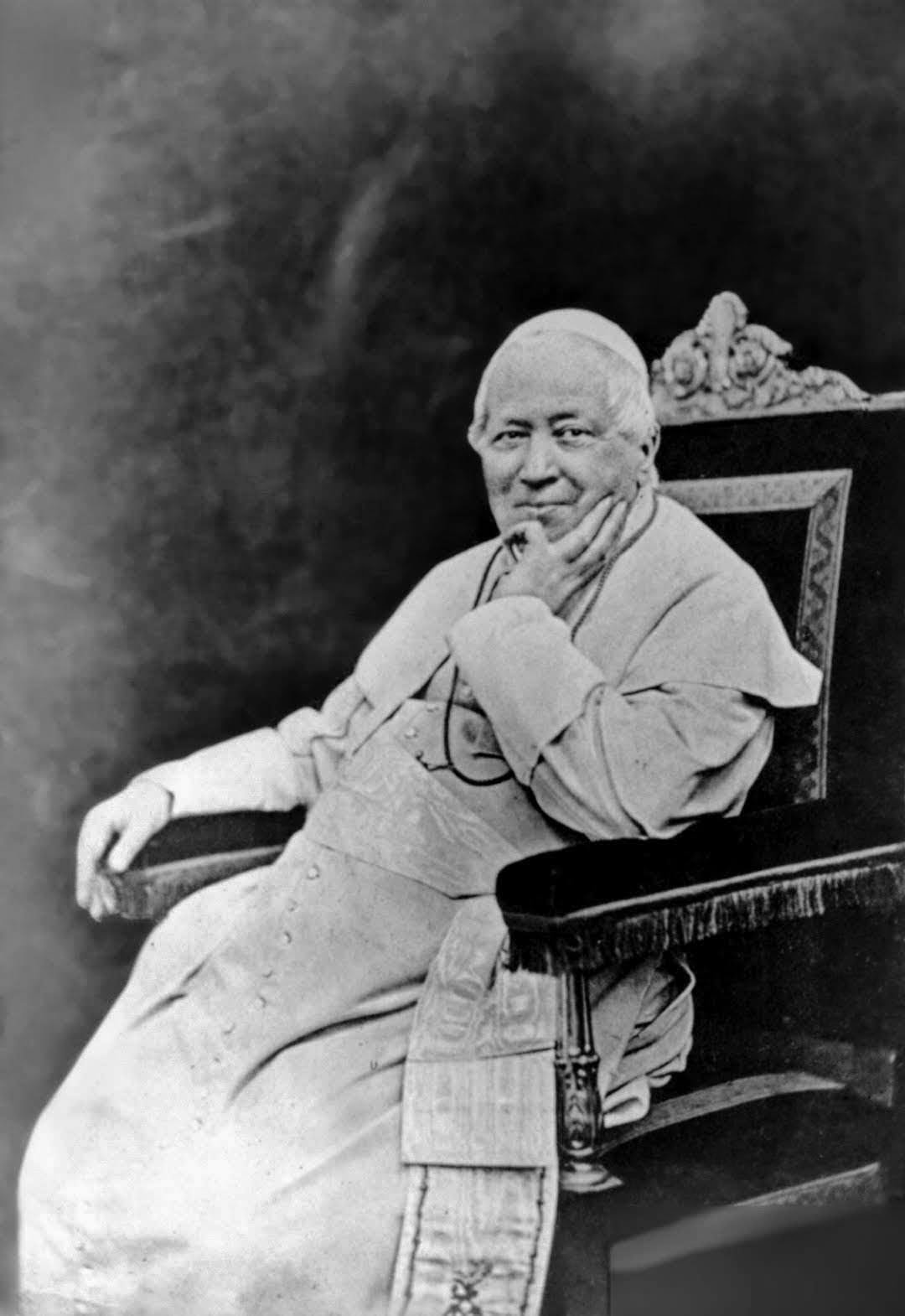Published in another place, this brief reflection on Pius IX is meant to bring to light the importance of Pius’ papacy and his role in re-founding the Order of the Holy Sepulchre of Jerusalem.
Today, the Equestrian Order of the Holy Sepulchre of Jerusalem together with the Church liturgically recall the memory of Blessed Pius IX, the Roman Pontiff who re-founded and showed great concern for our Order.
John Maria Mastai Ferretti was born at Senigallia (Italy) on 13 May 1792. After he was ordained priest in 1819, he spent two years as a missionary in Chile. By 35 years of age he was appointed Archbishop of Spoleto, and then moved in 1832 to Imola. In 1840 he was created Cardinal (but was really created cardinal In Pectore in 1839) and on 16 June 1846 was elected Supreme Pontiff at only 54 years of age! He took the name Pius to honor a previous pope who inspired his vocation.
Pius served the Church as Pope for 32 years.The papacy of Pius IX was decisively marked by a history that gave us very notable events which continue to impact us today:
On 8 December 1854, he defined the dogma of the Immaculate Conception;
In 1847, re-established the Latin Patriarch of Jerusalem and re-founded and modernized the EOHSJ;
In 1864, published the Syllabus of Errors which condemn liberalism, modernism, moral relativism, secularization, separation of church and state, and other Enlightenment ideas.
In 1869, he called the First Vatican Council, which precisely defined the Infallibility;
On 8 December 1870, he declared Saint Joseph Patron of the Universal Church;
On 16 June 1875, he consecrated the Church to the Sacred Heart of Jesus.
In more subtle ways, Pope Pius’ friendship with St John Bosco helped to develop the Salesian Society. He’s recalled for giving the Marian title of Our Lady of Perpetual Help to the Redemptorist Congregation, and showed concern for the souls purgatory by giving us a prayer to pray for them on Good Friday, and was the last sovereign of the Papal States when the territory was incorporated differently as the Italian Republic.
Of all the things Blessed Pius IX did for the Church, and the one that stands out for us as members of the EOHSJ, is the 1847 restoration of the Latin Patriarchate and his re-founding and modernizing of the Order. Pius was instrumental in issuing a new Constitution and placing the Order under the direct protection of the Holy See and assigning its government to the Latin Patriarch. Pius, moreover, added to the Order’s fundamental role: to uphold the works of the Latin Patriarchate of Jerusalem, while preserving the spiritual duty of defending and propagating Catholic Faith.
After 32 years of an intense period of leadership he made his transitus to the Lord of Life on 7 February 1878. John Paul II proclaimed him Blessed on 3 September 2000.
With the Church we pray:
O God, who gave your servant, Blessed Pius IX, Pope, the spirit of fortitude in adversity, and enabled him to enter more deeply into the pure faith of the Church, grant through his intercession, that we may be filled with the same spirit and live with the same devotion.
Blessed Pius IX, pray for us.
